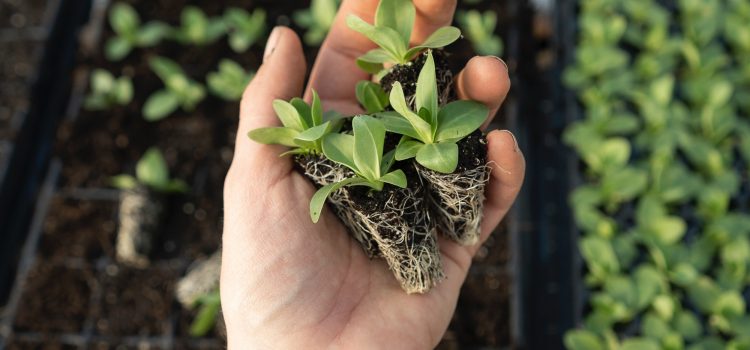
Introduction: In a world grappling with environmental challenges, the concept of sustainable gardening has emerged as a beacon of hope. Beyond mere aesthetics, sustainable gardening practices empower individuals to contribute positively to the environment, conserve resources, and foster biodiversity. This article delves into the world of sustainable gardening, exploring its benefits, techniques, and the ways it can transform our landscapes into greener, healthier spaces.
I. The Essence of Sustainable Gardening Sustainable gardening revolves around the principles of environmental responsibility, conservation, and harmony with nature. It seeks to minimize the negative impact of gardening practices on ecosystems while maximizing the positive contributions. By nurturing biodiversity, conserving water, minimizing chemical usage, and promoting soil health, sustainable gardening represents a significant shift towards a more holistic and mindful approach to landscaping.
II. Key Techniques for Sustainable Gardening a. Native Plants: Selecting native plant species ensures that gardens are in sync with the local ecosystem, providing a haven for indigenous wildlife and pollinators. Native plants are adapted to local conditions, reducing the need for excessive watering, pesticides, and fertilizers.
b. Water Conservation: Employing water-efficient irrigation systems, such as drip irrigation or rainwater harvesting, helps minimize water waste. Mulching and proper soil management also contribute to water conservation, reducing the need for frequent watering.
c. Organic Gardening: Embracing organic gardening techniques, including composting, natural pest control, and soil enrichment, eliminates the use of harmful chemicals. This safeguards the environment, enhances soil fertility, and protects the health of both humans and wildlife.
d. Permaculture Design: Integrating permaculture principles, such as companion planting, food forests, and efficient space utilization, creates self-sustaining ecosystems that mimic nature’s patterns. This approach maximizes productivity, minimizes waste, and fosters resilience in the garden.
III. Community Engagement and Education Sustainable gardening extends beyond individual efforts. Community gardens, educational initiatives, and workshops play a pivotal role in raising awareness and fostering collective action. By sharing knowledge, resources, and experiences, communities can create a network of environmentally conscious gardeners, promoting sustainable practices on a broader scale.
IV. The Role of Technology in Sustainable Gardening Technological advancements have bolstered sustainable gardening efforts. Smart irrigation systems, weather sensors, and smartphone apps enable precise watering and plant care, minimizing resource waste. Additionally, online platforms and social media communities connect gardeners, enabling the exchange of ideas, troubleshooting, and inspiration.
V. Case Study: Sustainable Gardens That Inspire Highlighting inspiring examples of sustainable gardens around the world, this section showcases how individuals, organizations, and municipalities have embraced eco-friendly gardening practices. These case studies exemplify the positive impact sustainable gardening can have on the environment, communities, and overall well-being.
Conclusion: Nurturing nature through sustainable gardening practices presents an opportunity for individuals to actively contribute to a greener future. By adopting eco-friendly techniques, conserving resources, and embracing the principles of sustainability, we can transform our landscapes into thriving ecosystems that promote biodiversity, enhance well-being, and mitigate the impacts of climate change. It is time to harness the power of sustainable gardening and pave the way for a more harmonious relationship between humanity and the natural world.










